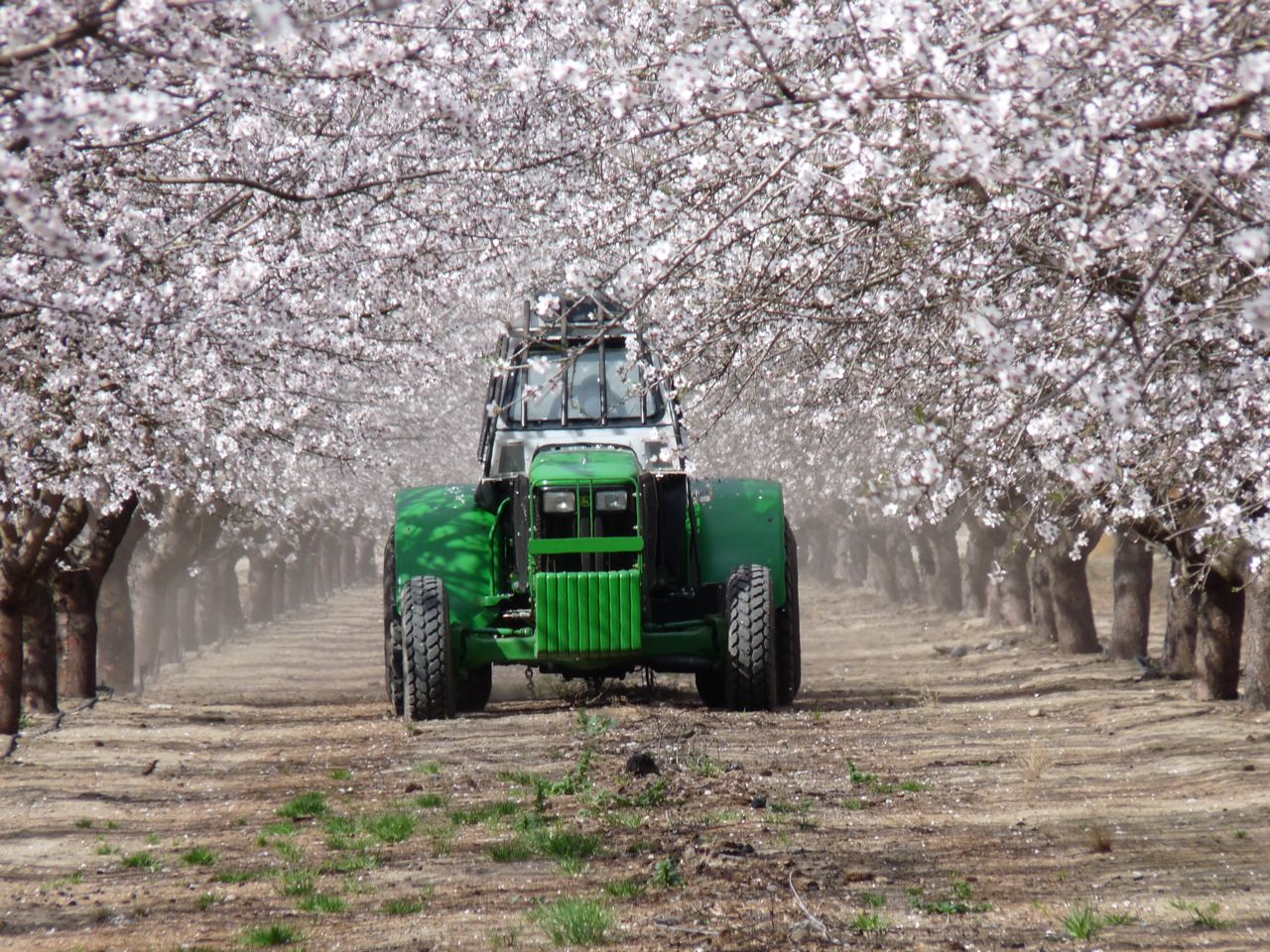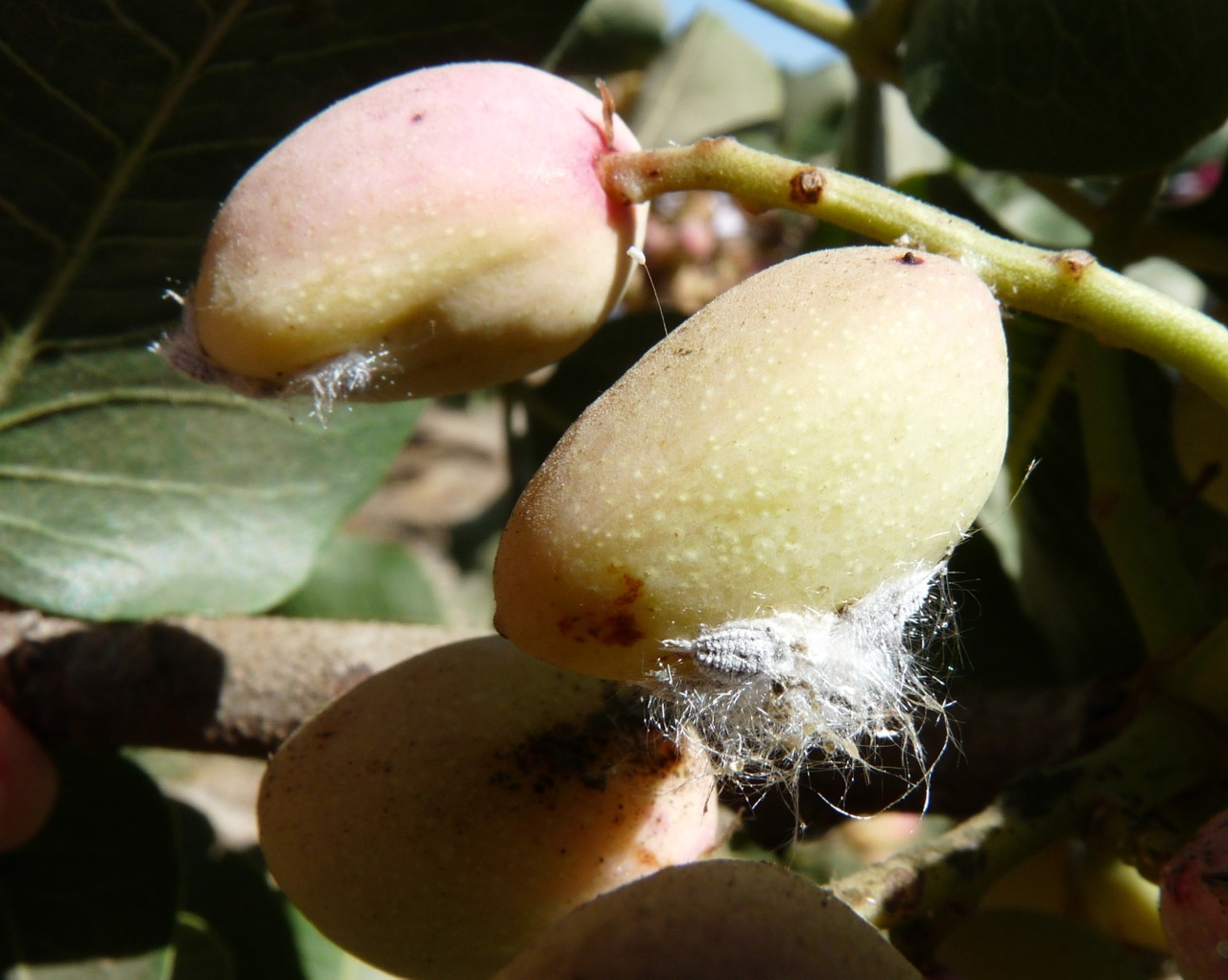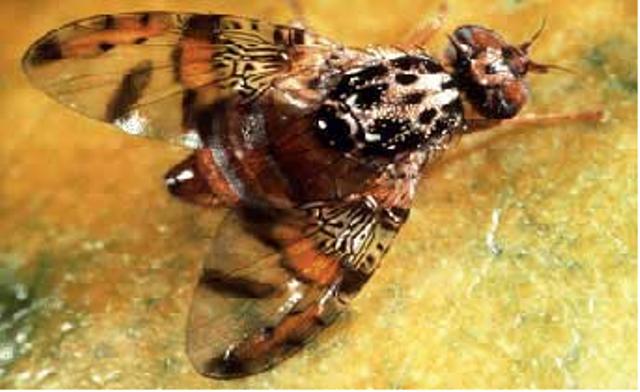Pests and Diseases
Massive Ant Hunt Launches Across 7 O.C. Cities
Source: Scott Martindale; Orange County Register
Susie Federico peered through her glasses at the dozens of ants swarming a tiny plastic trap she’d staked in the ground.
Federico, an agricultural technician for the state Department of Food and Agriculture, used a pair of tweezers to inspect all sides of the plastic basket, filled with one of ants’ favorite foods – Spam canned meat.
Unless they were big-headed ants, Federico let them go free.
“I’m looking for the larger head,” Federico said as she flicked off ants that had crawled up her hand and arm.
“There is not a sample as of now.”
Assigned to a residential neighborhood in northwestern Santa Ana, Federico was part of a team of state agricultural technicians that began setting ant traps Monday across a 79-square-mile swath of Orange County.
State officials are looking for the aggressive Pheidole megacephala species of big-headed ants, which were discovered last month in the front yard of a Costa Mesa home near the Santa Ana River.
“Knowing the extent of the infestation is an important consideration,” said Steve Lyle, a spokesman for the state Department of Food and Agriculture. “We’re still evaluating what this means. Is it something that needs to be taken care of? Is it something we can take care of?”
Named after their disproportionately large heads, big-headed ants are considered an agricultural pest and one of the world’s most invasive insects. They aren’t dangerous to humans.
In all, state officials plan to place Spam traps at 1,570 locations in seven Orange County cities in the coming days – the equivalent of 20 per square mile.
A team of up to eight state workers will spend at least a week systematically placing traps in neighborhoods up to 5 miles from where the original colony was discovered, Lyle said.
The study area encompasses all of Costa Mesa and parts of Huntington Beach, Fountain Valley, Westminster, Santa Ana, Irvine and Newport Beach.
Once officials know how far the ants have spread, they can decide whether to move forward with extermination, Lyle said.
Although California is home to native varieties of big-headed ants, the species discovered in mid April in Costa Mesa was the first documented sighting of the aggressive Pheidole megacephala species in its natural environment in California. It can displace other ants and eat beneficial insects, authorities say.
The Costa Mesa colony was first spotted by amateur entomologist Gordon C. Snelling of Apple Valley, who was visiting a friend in mid April.
The friend had been complaining about aggressive ants invading his house and winding up dead in his swimming pool, Snelling said.
Snelling said the big-headed ants had likely traveled to his friend’s home inside potted plants or sod, and that they had probably been there at least a year.
“I knew the state and the county would get in an uproar as soon as I let them know,” Snelling, 55, told the Register last week.
“It’s one of those things that gets the adrenaline pumping and your brain churning,” added Snelling, who runs the website armyants.org and has published scientific papers on ants. “It’s certainly caused more response than anything else I’ve done.”
















